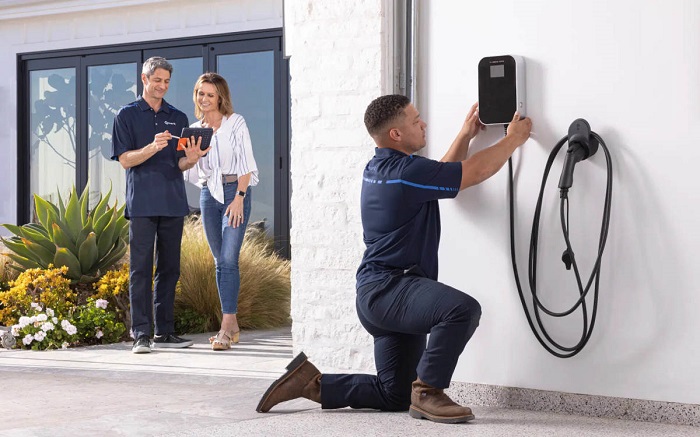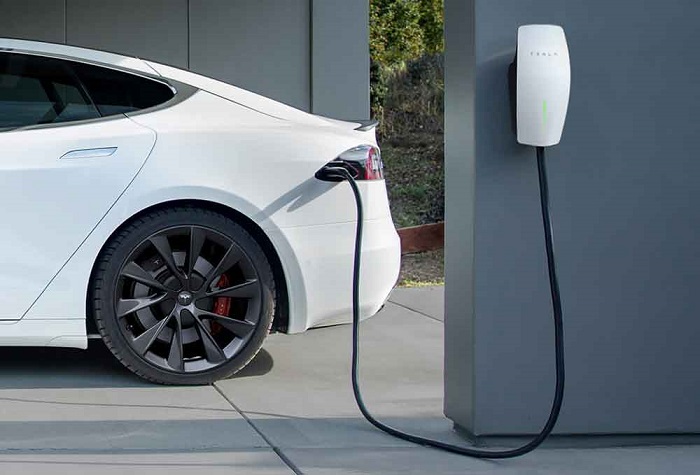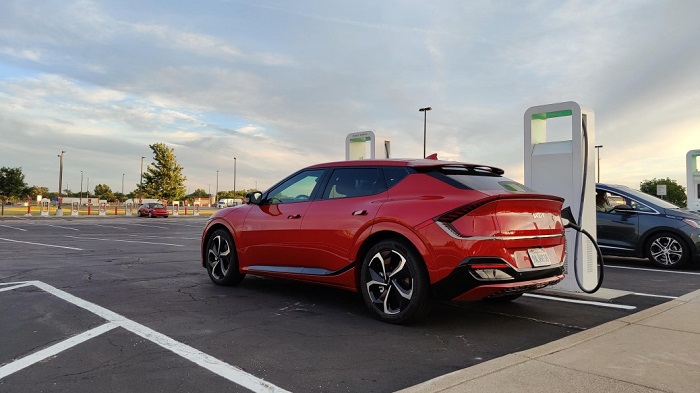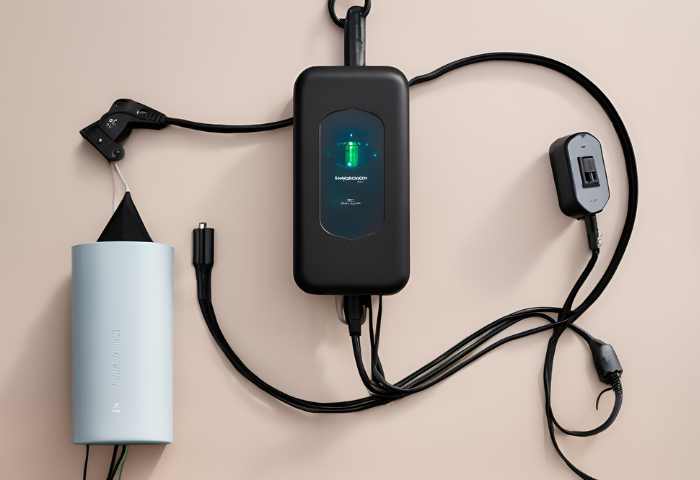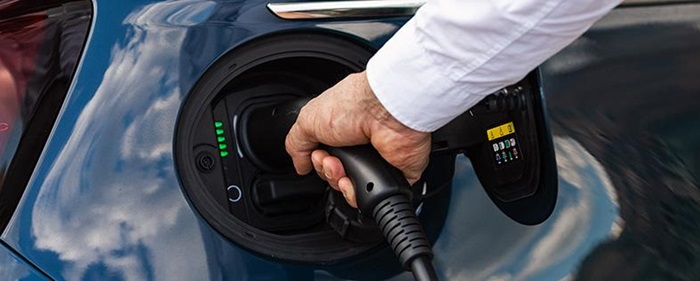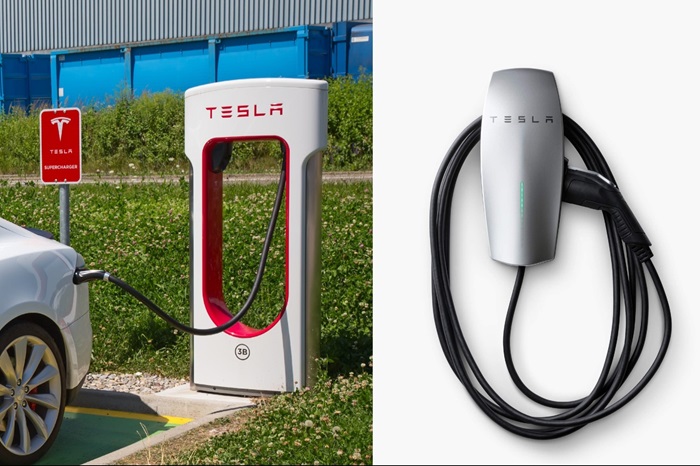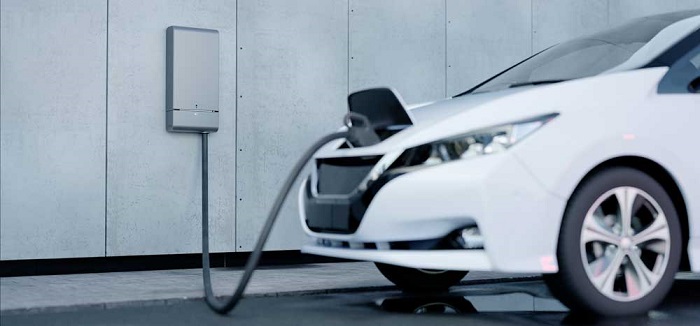Are Level 1 Chargers Safe to Use?
Level 1 EV chargers, also known as trickle chargers, are the most basic type of charger for electric vehicles. While convenient and easily accessible, Level 1 chargers raise concerns regarding their safety for charging electric vehicles.
Their prolonged charging times increase the risk of overheating, potentially leading to damage to the vehicle’s battery or even fire hazards. As a result, the safety and efficiency of Level 1 chargers for widespread EV charging remain under scrutiny. So, are Level 1 Chargers Safe to Use?
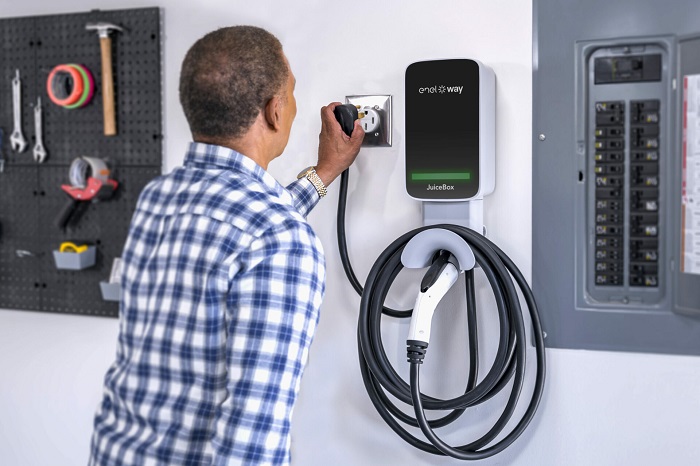
Understanding Level 1 Chargers
A Level 1 charger is a basic electric vehicle (EV) charging device designed for use with standard household electrical outlets. It operates on a 120-volt alternating current (AC) power supply.
The Level 1 charger typically consists of a power cord with a plug that can be inserted into a standard electrical outlet, and a connector on the other end that plugs into the EV’s charging port.
When plugged in, the Level 1 charger draws power from the electrical outlet and delivers it to the vehicle’s onboard charger. The onboard charger then converts the AC power into the DC power required to charge the EV’s battery.
Benefits of Using a Level 1 Charger:
- Convenience: Level 1 chargers provide the convenience of home charging, allowing EV owners to charge their vehicles overnight while parked at home. This eliminates the need for frequent visits to public charging stations and ensures that the vehicle is always ready for use.
- Affordability: Level 1 chargers are typically the most affordable charging option for EV owners. They require no additional investment in charging infrastructure and can be used with existing household electrical outlets.
- Wide Availability: Level 1 chargers are widely available and can be used with standard household electrical outlets found in homes, garages, and parking lots. This makes them accessible to a wide range of EV owners, regardless of their location.
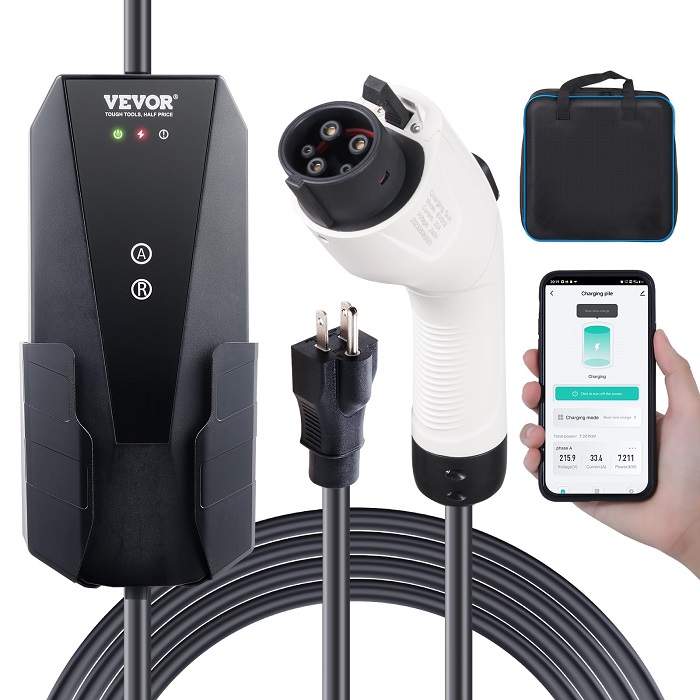
Safety Considerations with Level 1 Chargers
1. Are Level 1 Chargers Safe for Long-Term Use?
Level 1 chargers are generally safe for long-term use when employed correctly. They are designed to operate with standard household outlets and come with built-in safety features. However, it’s important to follow safe charging practices to ensure optimal performance and avoid any potential hazards.
2. Precautions to Ensure Safe Charging:
- Grounded Outlet: Always use a properly grounded, three-prong outlet. This ensures a safe path for any stray current, minimizing the risk of electrical shock.
- Avoid Extension Cords: Extension cords are not recommended for EV charging. They may not be rated for the continuous current draw required by an electric vehicle, potentially overheating and creating a fire hazard.
- Inspect for Damage: Regularly inspect your Level 1 charger for any signs of damage to the cord, plug, or connector. Cracked casings, exposed wires, or loose connections should prompt you to replace the charger immediately.
- Ground Fault Circuit Interrupter (GFCI) Protection (Optional): While not always mandatory, using a GFCI-protected outlet provides an extra layer of safety. GFCIs can detect imbalances in current flow and cut off power in case of a ground fault, further reducing the risk of shock.
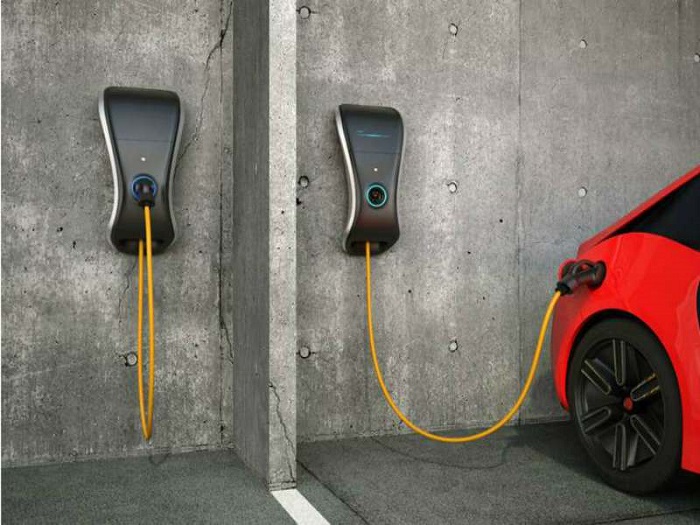
3. Checking for Faults or Malfunctions in Level 1 Chargers:
Be mindful of any signs that might indicate a malfunction with your Level 1 charger:
- Visible Damage: Look for cracks, tears, or exposed wires on the charger cord, plug, or connector.
- Overheating: If the charger feels unusually hot to the touch during operation, discontinue use and have it checked by a qualified electrician.
- Unusual Noises: Buzzing, popping, or crackling sounds coming from the charger are not normal and may indicate internal damage.
If you notice any of these warning signs, stop using the charger and have it replaced or serviced by a professional. Remember, prioritizing safety is crucial when dealing with electrical appliances.
Optimizing Safe Usage
1. Tips for Optimal and Safe Usage of Level 1 Chargers:
Following these tips will ensure you get the most out of your Level 1 charger while prioritizing safety:
- Proper Ventilation: During charging, ensure adequate ventilation around the charger, especially the plug and connector. This prevents heat buildup, which can reduce charging efficiency and potentially damage the charger.
- Manufacturer Instructions (Optional): While generally safe, it’s always a good practice to consult the user manual for your specific Level 1 charger model. The manufacturer might have additional recommendations or specific instructions for optimal use.
- Extreme Temperatures (Optional): Ideally, avoid charging your EV in excessively hot or cold environments. Extreme temperatures can affect charging efficiency and battery health. If possible, park your car in a temperature-controlled garage whenever charging.

2. Overcoming Limitations for Level 1 Chargers:
Consider Level 2 Chargers: For faster charging needs or if Level 1 charging is not sufficient, consider upgrading to a Level 2 charger. Level 2 chargers offer faster charging speeds and are suitable for both residential and commercial use. However, they require the installation of dedicated electrical circuits and may involve additional costs.
In conclusion, Level 1 chargers are safe and reliable when used in accordance with the recommended precautions. Always adhere to safety guidelines and consult the charger’s manual for specific instructions. By following these measures, you can ensure a safe and efficient charging experience.

Henry Michael is a leading expert in EV charging station research, specializing in innovative solutions for electric vehicle infrastructure. With a passion for sustainability and technological advancement, he is dedicated to advancing the accessibility and efficiency of EV charging worldwide.

